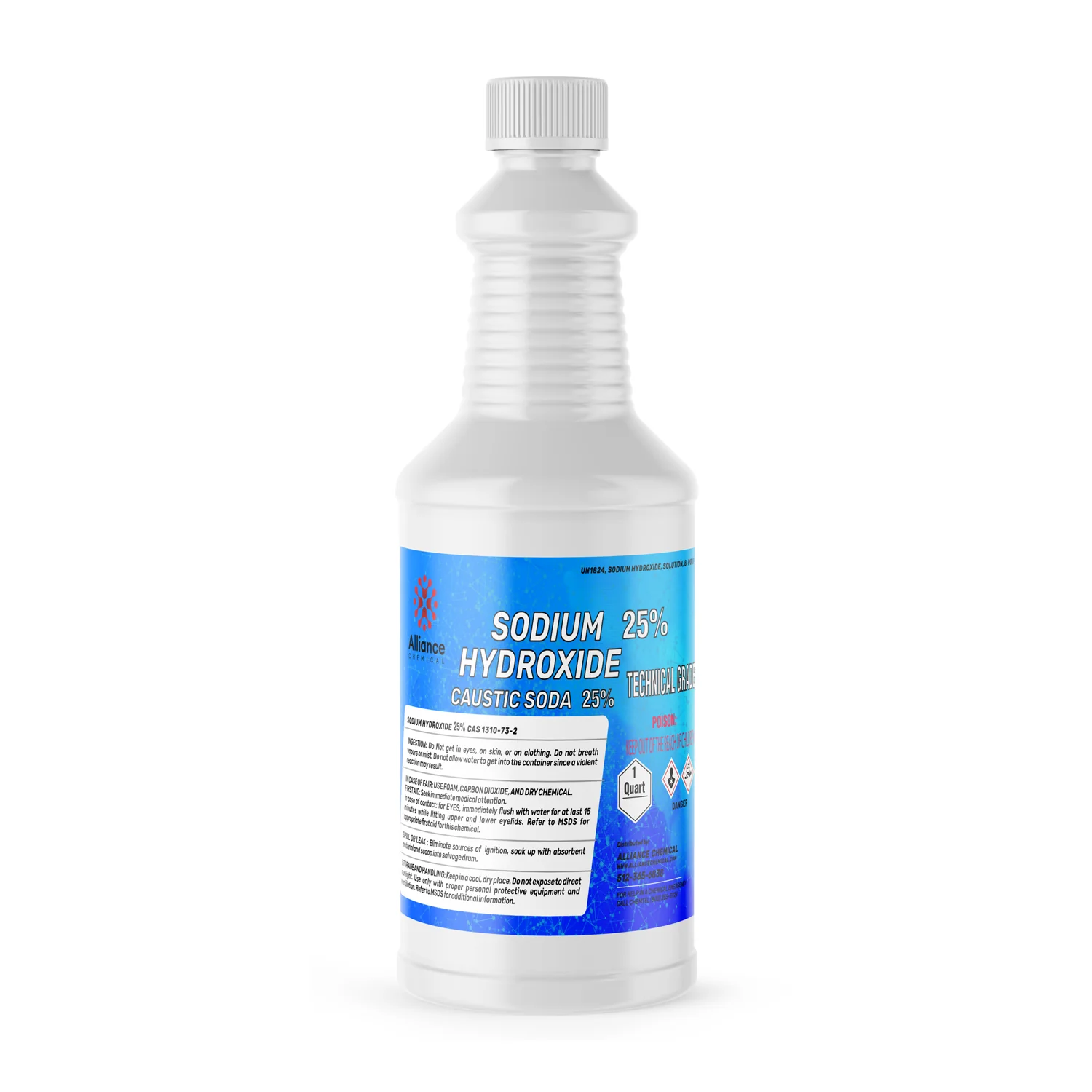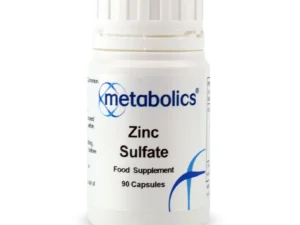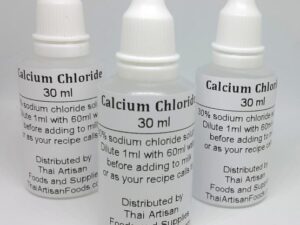Description
Sodium Hydroxide: The Workhorse Chemical That Powers Our World
Sodium hydroxide (NaOH), also known as lye or caustic soda, is a ubiquitous chemical compound with a surprisingly broad range of applications. From manufacturing paper and soap to unclogging drains and even preparing certain foods, this versatile substance plays a critical role in numerous industries and aspects of everyday life. But what exactly is sodium hydroxide, and why is it so useful?
A Chemical Breakdown:
Sodium hydroxide is a strong alkaline (base) compound composed of sodium (Na), oxygen (O), and hydrogen (H) atoms. It exists as a white, solid substance, often in the form of flakes, pellets, or beads. It’s highly soluble in water, producing a strongly alkaline solution and releasing heat in the process. This solution, often referred to as caustic soda solution, is highly corrosive, meaning it can damage or destroy other substances upon contact, a property that makes it so effective in many of its applications.
A Multitude of Uses:
The remarkable versatility of sodium hydroxide stems from its ability to react with a wide range of substances. Here are just a few of its key applications:
- Pulp and Paper Industry: NaOH is essential for pulping wood, removing lignin (a complex polymer in plant cell walls), and bleaching paper, ultimately contributing to the production of the paper we use daily.
- Soap and Detergents: The saponification process, which involves reacting fats and oils with a strong base, uses sodium hydroxide to create soap. Similarly, it’s used in the production of various detergents.
- Chemical Manufacturing: Sodium hydroxide is a crucial ingredient in manufacturing a vast array of other chemicals, including rayon, plastics, and various pharmaceuticals.
- Textile Industry: NaOH is used in processing cotton and other fibers, removing impurities and improving their properties.
- Water Treatment: It can be used to neutralize acidic water and adjust the pH levels in water treatment plants.
- Drain Cleaners: The corrosive nature of sodium hydroxide makes it an effective ingredient in drain cleaners, dissolving grease, hair, and other materials that clog pipes.
- Food Industry: While requiring careful handling and adherence to specific regulations, sodium hydroxide is used in food processing for purposes such as peeling fruits and vegetables, processing olives, and making pretzels.
- Aluminum Production: The Bayer process, used to extract alumina from bauxite ore for aluminum production, relies heavily on sodium hydroxide.
Safety Considerations:
Given its corrosive nature, handling sodium hydroxide requires extreme caution. Direct contact can cause severe burns, and ingestion or inhalation can be extremely dangerous. Proper personal protective equipment (PPE), including gloves, eye protection, and respirators, is crucial when working with it. Furthermore, sodium hydroxide should always be stored in tightly sealed containers, away from acids and other incompatible materials. When diluting sodium hydroxide, always add it slowly to water, never the other way around, to avoid violent reactions and splashing.
Looking Ahead:
As industries continue to evolve and new technologies emerge, the role of sodium hydroxide is likely to adapt and expand. Its versatility and effectiveness make it a vital component in numerous processes, and ongoing research is exploring new and innovative applications.
In conclusion, sodium hydroxide, the often-unseen workhorse chemical, plays a vital role in our modern world. From the paper we write on to the soaps we use and the pharmaceuticals we rely on, this powerful compound contributes significantly to our daily lives. Understanding its properties, applications, and, importantly, its safe handling is essential for harnessing its potential while mitigating potential risks.

















Reviews
There are no reviews yet.